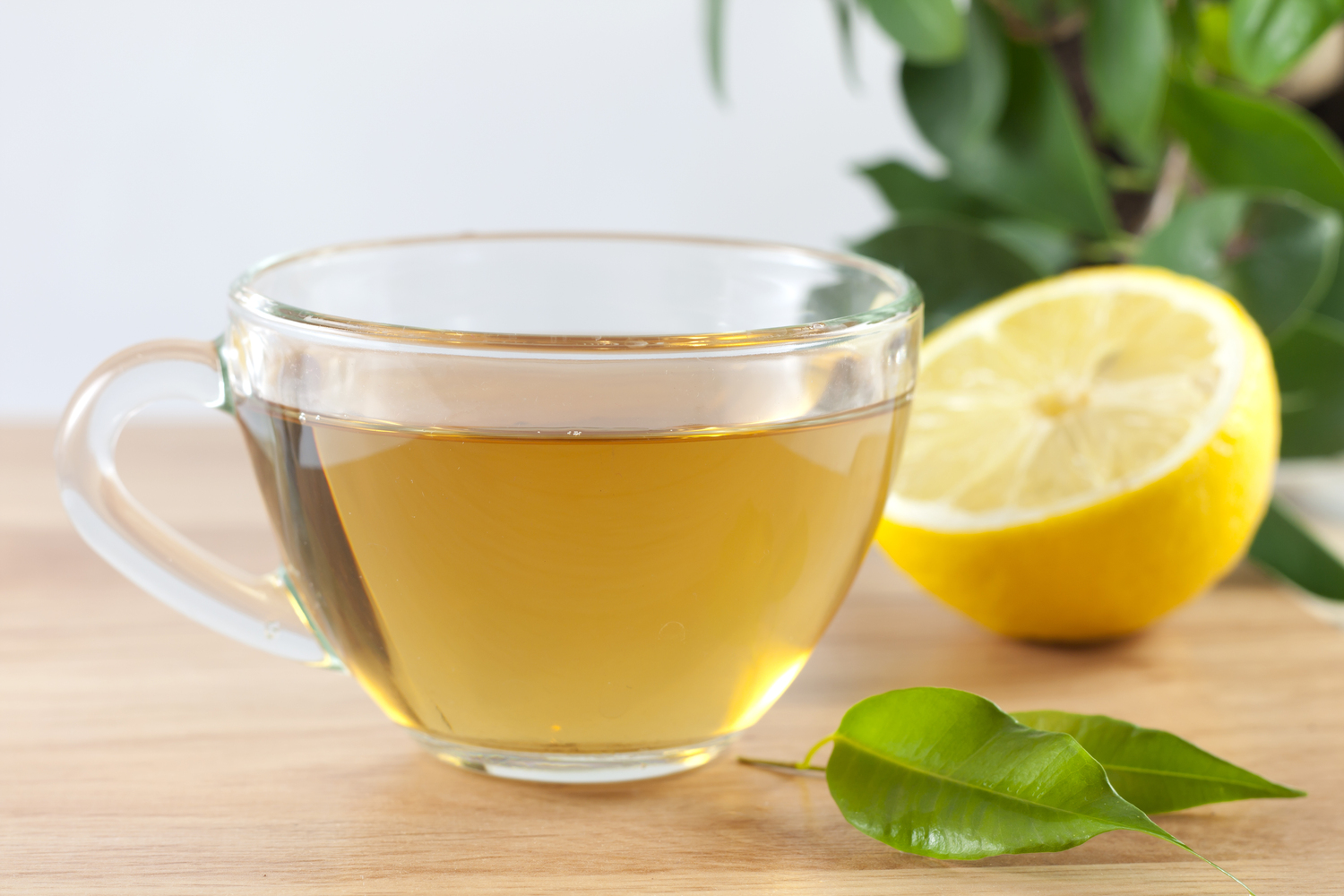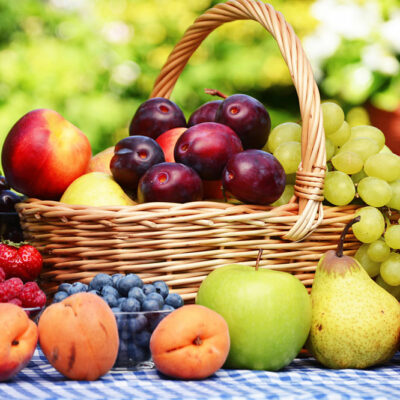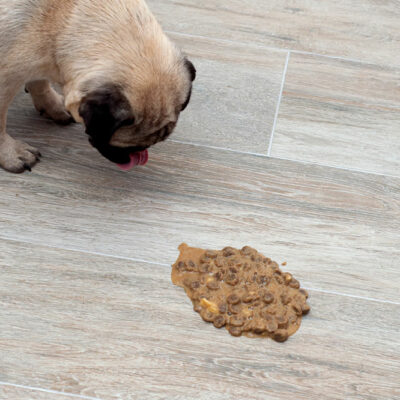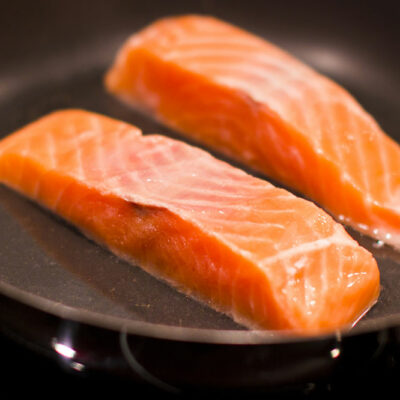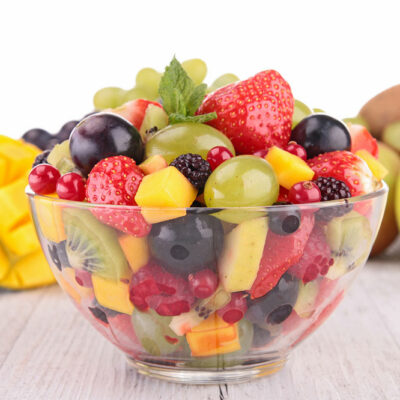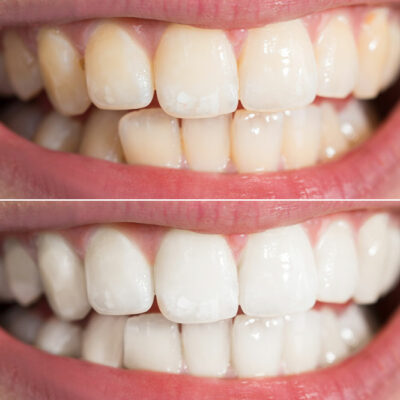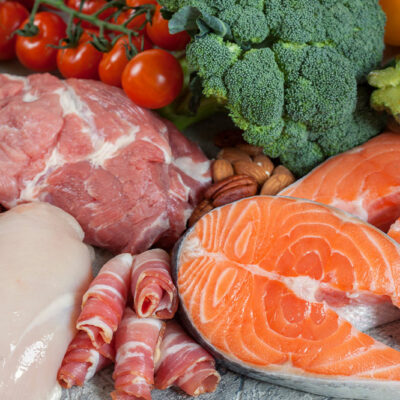
The Worst Foods for Asthma Patients
Asthma causes inflammation and narrowing of a person’s airways, increasing the production of mucus and making it hard to breathe. This health condition can slightly hinder daily activities or lead to life-threatening situations, depending on how well it is managed. Diet plays a crucial role in this condition, and there are worst foods for asthma that one should avoid. Read on to know more about worst foods for asthma. Sulfites Sulfites are one of the most problematic additives in food products for people with asthma. Dried fruits like cherries and raisins and pickle jars contain plenty of sulfites as preservatives. Common sulfite compounds include potassium bisulfite and sodium sulfite. Sulfites are also present in wine and beer. If one struggles to breathe or coughs after a cup of wine or a handful of dried fruits, they might be allergic to such foods, making it one of the worst foods to avoid for asthma. Shrimp Shrimp, especially frozen shrimp, is one of the worst foods for asthma as it contains sulfite. Frozen shrimp (as well as other seafood) contains a lot of sulfites to discourage the development of black spots. Any foods that cause an allergic reaction While you’re looking for the worst foods for asthma patients, in particular, ensure you don’t forget about foods that cause an allergic reaction.
Learn More 